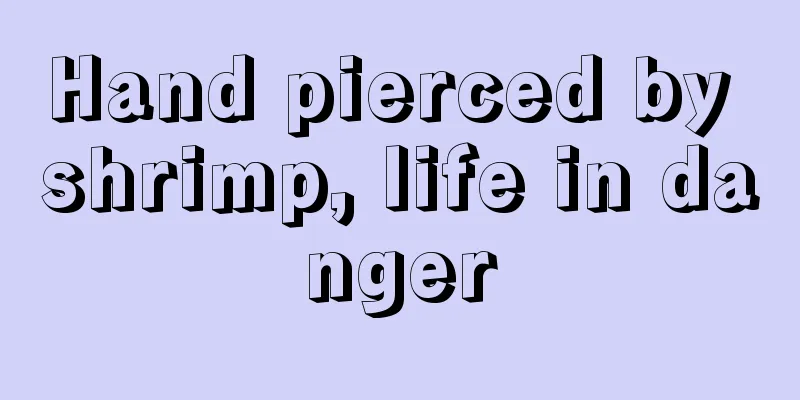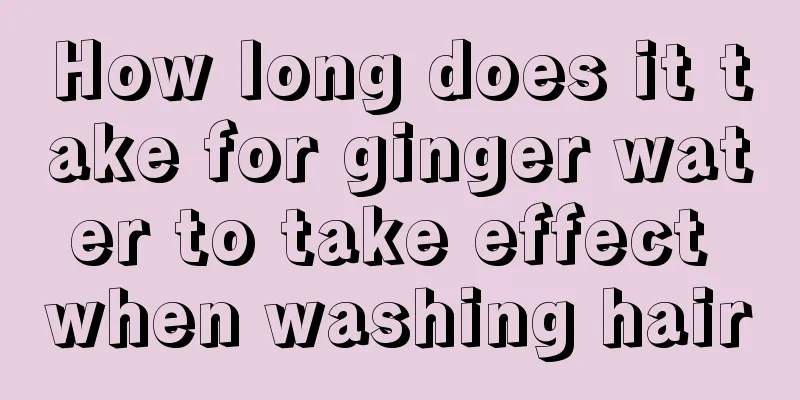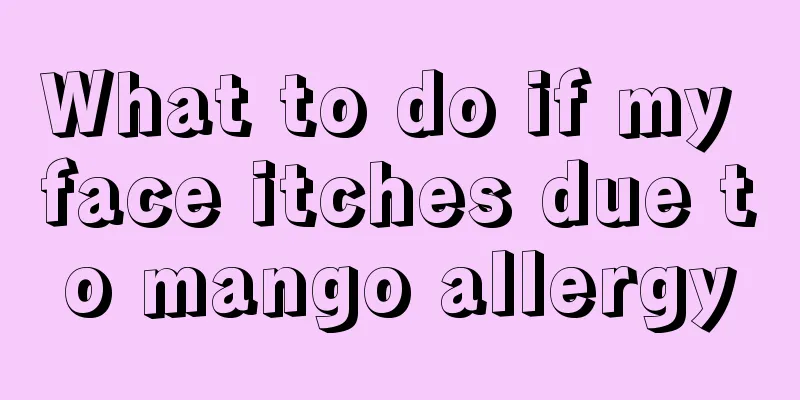What to do if eyelashes grow inverted

|
Inverted eyelashes grow in the opposite direction of normal eyelashes and can touch the eyeball. It is a very common eye disease. Inverted eyelashes can occur in many people, including children, young people and the elderly. Eyelashes need to be treated promptly after they occur, otherwise they may induce eye diseases such as keratitis, corneal pannus, corneal ulcers, etc. So, what should you do if you have inverted eyelashes? Let’s look at the treatment methods below. ⑴ Treatment of trichiasis in infants and children: Because some infants and young children are relatively fat, the root of the nose is flat and underdeveloped, and some children have lower eyelid folds or epicanthus folds, they may develop lower eyelid trichiasis or lower eyelid entropion. Those with milder symptoms may heal themselves with age. Since baby eyelashes are generally small and soft, the irritation symptoms are generally not obvious. Surgical treatment can be considered when conservative treatment is ineffective. Generally, surgery is performed after the child is 3 years old. For some children, congenital entropion often disappears on its own as they grow older and their nose bridge develops. They usually do not need surgery in a hurry. The lower eyelid can be pulled up frequently and sometimes adhesive tape can be applied to the lower eyelid (but it is rarely used as adhesive tape can cause allergies, rashes or erosions on the delicate skin of young children). In addition, anti-inflammatory eye drops and eye drops that promote corneal epithelial repair can be used at the same time. If the eyelashes severely irritate the cornea and the child tears a lot at the age of 5 to 6, surgery can be considered. Younger children can undergo suture correction, which uses the pulling force of sutures to pull the eyelid margin outward. This method is simple, requires a short general anesthesia time, and is safe, but it is prone to recurrence, with some patients experiencing recurrence months or even years later. If the patient is older and has severe entropion, partial resection of the lower eyelid skin and orbicularis oculi muscle can be performed. This surgical method has a high success rate and long-lasting results, but it requires an incision for the lower eyelid blepharoplasty or an incision for the upper eyelid blepharoplasty. The general anesthesia time for the surgery is slightly longer. Some patients will have scars on the lower eyelid after the surgery, and some patients will have the appearance of double eyelids on the lower eyelid. Most parents of children with the disease are afraid of "surgery" and are more likely to accept suture surgery as a "stopgap measure" to alleviate the irritation of trichiasis. (2) For adults with a small number of localized trichiasis without entropion, the commonly used treatment methods are as follows: ① Removal method: When the number of inverted eyelashes is small, you can directly use eyelash tweezers to remove them. It is simple and effective, but because the eyelash follicles are not destroyed, it is easy to relapse within a few weeks. The eyelashes that grow back will be thicker and harder, which will irritate the cornea. Therefore, plucking them is only done when conditions are poor and there is no other way, or when other methods have been tried and failed. ② Electrolysis: Electrolysis destroys hair follicles and removes them. Sometimes it takes repeated treatments to achieve the desired effect. The success rate is about 10-20%. ③ Cryotherapy: It can relieve many cases of ingrown trichiasis. Potential complications include: skin depigmentation, postoperative eyelid notch, damage to the meibomian glands and impact on tear film stability. ④ Laser treatment: Laser separation is effective for a small number of scattered trichiasis. ⑤ Surgical removal of hair follicles under direct microscope: The hair follicles can be removed under direct microscope. If there are many inverted eyelashes, wedge-shaped removal or anterior lamellae removal can be performed. It is effective for localized clustered inverted eyelashes that cannot be treated by other methods. ⑶ For patients with a large number of inverted eyelashes and entropion, the commonly used surgical methods are as follows: ① Upper eyelid buried suture method to correct entropion and inverted eyelashes: This method is suitable for young patients with thin upper eyelid skin, no looseness, not much subcutaneous fat, and no obvious epicanthus, and mild intropion and inverted eyelashes. ② The lower eyelid suture tube method is used to correct lower eyelid entropion and trichiasis: also known as the lower fornix skin suture technique, which is suitable for some congenital entropion, spasmodic entropion and degenerative entropion. ③ Skin orbicularis oculi muscle resection: suitable for adolescents with entropion and eyelid folds and degenerative entropion in some elderly people. It increases skin tension and strengthens tension by removing the skin near the eyelid margin and preventing the orbicularis oculi muscle from exceeding the eyelid margin. The incision is sutured with deep fixation method. ④ Orbicularis oculi muscle shortening surgery: suitable for degenerative entropion. ⑤ Hotz procedure: For eyelid entropion caused by scarring, the surgery involves the removal of part of the thickened tarsal plate to restore the position of the eyelid margin, relieve the inward pulling effect of the conjunctiva and tarsal plate, and correct the abnormal state of the tarsal plate. ⑥ Tarsode cutoff: It is suitable for cases with mild eyelid deformation and hypertrophy. The principle is to cut the tarsus from the subtarsal groove to relieve the traction of the scar and use sutures to restore the eyelid margin to its normal position. ⑦ Gray line eyelid incision: It is suitable for patients whose entropion degree is inconsistent across the entire eyelid or for those whose partial entropion cannot be completely corrected after other surgical procedures. |
>>: Aortic valve second auscultation area
Recommend
How to enhance immunity? Eat foods rich in vitamin C regularly
Immunity is very important for each of us. If the...
Is it possible to just wait for death in the late stage of bile duct cancer?
Many people don't know much about bile duct c...
There are 2 causes of colorectal cancer
Intestinal cancer can be divided into malignant t...
What causes back pain?
Spinal pain is a type of pain that is different f...
What are the symptoms of nonunion
In fact, nonunion is a complication of fracture. ...
What are the classic exercises for shoulder muscle training
To make the muscles look better, you need to pay ...
Raw materials for dishwashing liquid_Raw materials for dishwashing liquid
Detergent is a substance that we need to come int...
What are the signs of laryngeal cancer recurrence? How to prevent laryngeal cancer?
Laryngeal cancer refers to a malignant tumor that...
What happens if you take too much motion sickness medicine?
Nowadays, more and more people are suffering from...
New drug for polycystic ovary syndrome
Polycystic kidney disease is actually a congenita...
What is the most effective way to prevent liver cancer? Eat more of these foods to prevent liver cancer
How to prevent liver cancer? There are many ways ...
What is lymphoma and what foods are good for patients
Lymphoma is not unfamiliar to many people today, ...
How to use tampons
Female tampons are a new type of female hygiene p...
There is a lump next to the collarbone
Generally speaking, our cheeks are prone to acne ...
What are the symptoms of stomach pain and vomiting
Most people have experienced stomach pain at some...









